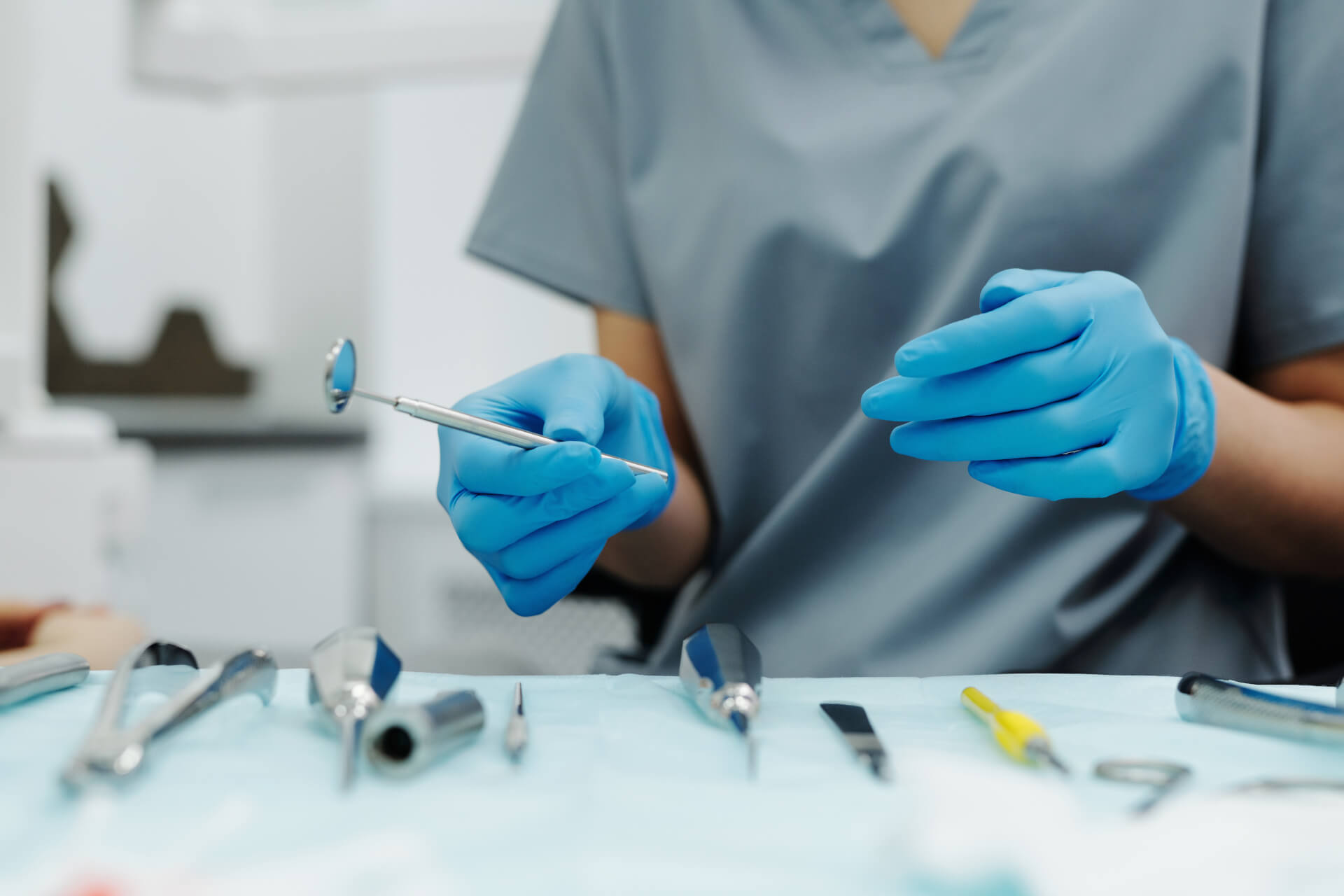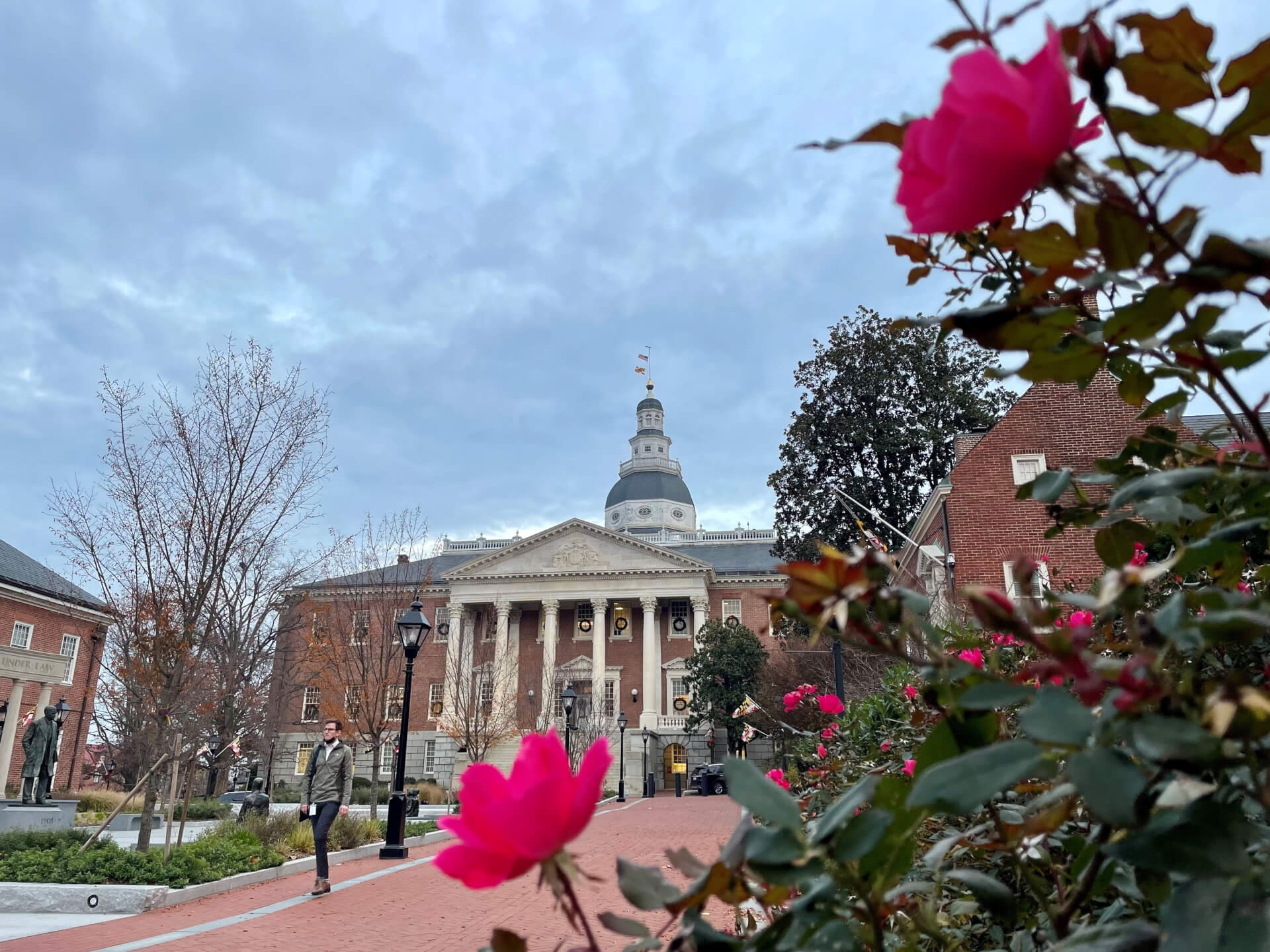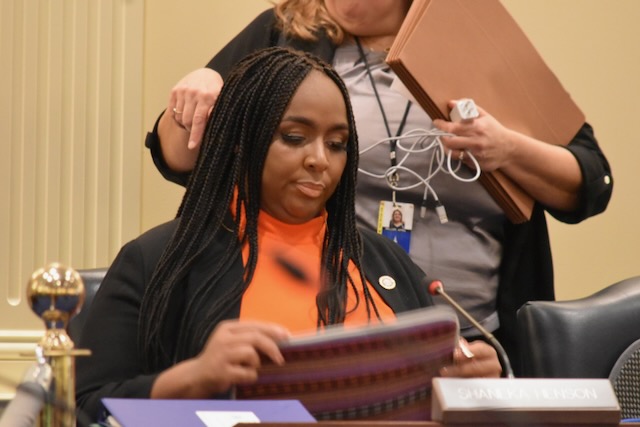Task Force Begins Work to Expand Dental Health Care in Maryland

Policymakers and dental practitioners are putting their heads together to create more equitable access to oral health care for Marylanders from every walk of life.
“I think everyone in this meeting has a commitment to greater access for oral health care because they know the essential nature of it,” said Del. Heather Bagnall (D-Anne Arundel) at the first meeting of the Task Force on Oral Health in Maryland on Tuesday. “It’s not just about a pretty smile; it’s about … your life, it’s about your work it’s about your self-esteem.”
Dental care is costly, and most insurance plans offer little to no coverage, making dental health a low priority for households on tight budgets. But neglecting dental care can be dangerous and lead to serious health problems.
So the Task Force on Oral Health in Maryland was created under legislation co-sponsored by Bagnall and Senate Finance Committee Chair Delores G. Kelley (D-Baltimore County). The measure requires the task force to examine oral health in Maryland from a series of angles, including insurance coverage, race and socioeconomic status, geographic barriers to dental care, and workforce development as they look for ways to expand access in each of these areas.
It also requires the task force to identify barriers that prevent patients from seeking oral health care and make recommendations to the General Assembly regarding the expansion of dental services.
An interim report is due to the legislature and Gov. Lawrence J. Hogan Jr. (R) on May 1, 2022, and final recommendations are to be submitted by Dec. 1, 2022.
The state currently has limited programs to provide oral health care access to Medicaid-eligible residents.
Maryland Healthy Smiles, the state’s main Medicaid dental program, serves children, women who are pregnant and women for a maximum of 60 days after they give birth, and adults enrolled in the Rare and Expensive Case Management (REM) program.
According to The Coordinating Center, which has locations in Baltimore and Washington, D.C., the REM program provides community-based care coordination for Marylanders diagnosed with rare and expensive qualifying illnesses who are receiving Medicaid.
In 2017, Maryland Medicaid began to reimburse oral health services for young adults who have aged out of foster care until they turn 26-years-old.
And in 2019 the state launched its adult dental pilot program which provides limited dental coverage to Marylanders receiving full Medicare and Medicaid benefits between the ages of 20 and 64. The pilot program provides up to $800 worth of services each year for those enrolled.
All of Maryland’s nine HealthChoice Managed Care Organization programs, which provide services to Medicaid recipients, use their profits to provide limited dental coverage to adults enrolled in their programs.
Utilization of these programs is growing, but at a slow pace, and the task force is examining why.
In 2019, 4,229 dentists participated in the Maryland Healthy Smiles program. That same year, 56.7% of young people aged four through 20 who were enrolled in Medicaid received dental services.
“… [O]ver the years, we’ve had an increasing percentage of children receiving dental visits,” said Nancy Brown, the division chief for the Department of Health’s Office of Innovation, Research and Development.
.
The same goes for pregnant women. Of 28,939 expectant mothers enrolled in Medicaid in 2019, 8,346 received oral health services — a 15.2% increase from 2015.
Asked why not everyone who is eligible for these services participates, task force member Charles A. Doring, who is a dentist, said that Brown’s statistics showed that about 50% of the “overall general population” have visited a dentist in the past year.
“And you’re looking at all socio-economic backgrounds,” he said. “So, it’s gonna be hard to get 100% all the time.”
Committee members suggested a number of barriers that could be preventing eligible Marylanders from receiving services, such as a lack of transportation or not knowing that these programs exist.
Dentist Ricardo Kimbers said that he has seen Medicaid patients since the early 1980s. His biggest issue has been a seeming disinterest among patients in keeping their appointments — particularly on the part of parents.
“I give them two — sometimes three — times to come and they still won’t bring the child,” he said. “I think that needs to be tackled in some way, shape or form.”




 Creative Commons Attribution
Creative Commons Attribution